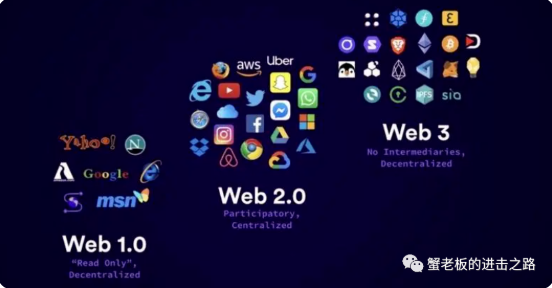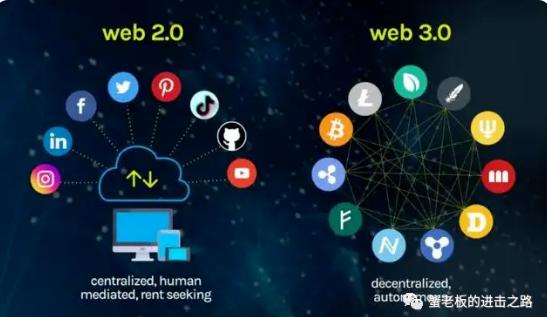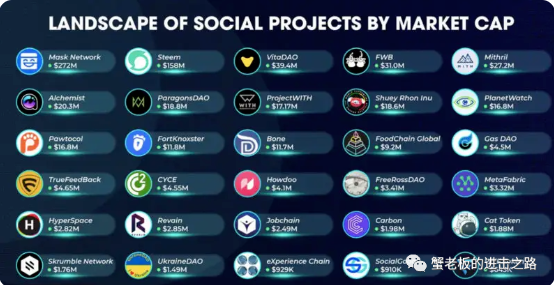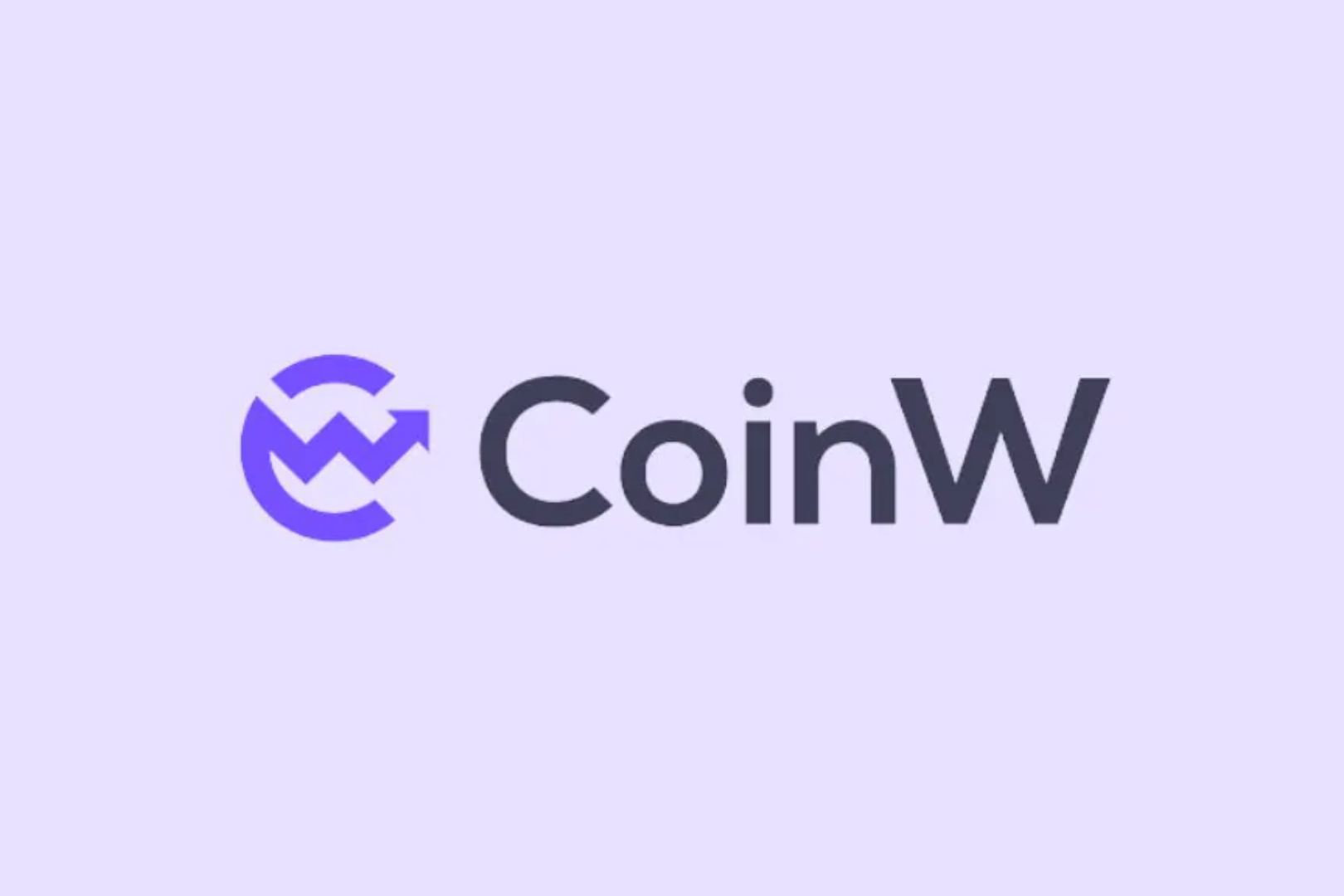
It is not difficult to find that the biggest operation of institutions in the bear market is financing and launching funds to look forward to future investment plans. For example, Huobi Lianchuang Du Jun and BMAN launched a Web3 fund of 400 million US dollars today, and last month Sequoia Capital 2.85 billion New funds in US dollars, these funds have a common feature, that is, they focus on projects in the Web3.0 field. With the launch of this leading organization, how can our retail investors profit from web3?
secondary title
What are the core elements that constitute WEB3?
Web3 hopes to solve the problem of user ownership in Web2. Users do not get the corresponding value on the platform. For Web3, the core is to redefine user ownership so that users have complete autonomy over their own data and behavior.

All of this can start with the user's assets. On the chain, through the signature of the public key and the private key, you can control your own assets independently, rather than based on the platform. Secondly, Web3 needs to be built on the premise of no need for trust, so it also needs open source technology and advanced cryptography technology to realize it.
Some time ago, a very interesting tone was actually set, which is called the tone of the decentralized society. Then the tone of the decentralized society goes a little further, and it is actually Web3, because we know that in the entire decentralized society In fact, Web3 is actually a very important step.
Therefore, I think the core elements of Web3 mainly include:
1. Decentralization
2. Privacy
3. DID is an identity completely belonging to Web3, or an identity in a decentralized society
4. Benefit distribution of DAO organization, including incentive mechanism, to create a new value distribution method
secondary title
WEB3's ecological pattern and optimal track
We can see that the applications on Crypto were quite popular last year and the year before, but everyone can clearly feel that they are all based on DeFi or NFT. What are the characteristics of these applications?
First of all, it is not an application with relatively high bandwidth requirements, and its relative frequency of use is not very high, because of the limitations of the underlying facilities, so it is said that there is no very good technology to support various applications. .
Now the entry point of Web3 should start with some applications with relatively low bandwidth requirements: on the one hand, in the fields of video and audio, the bandwidth they need is actually relatively large, and for example, the storage layer is not ready, and the performance of IPFS There is no particularly good foundation for other issues; on the other hand, DeFi, blogs, etc. are very simple entry points, do not require a lot of bandwidth, but are high-frequency needs that everyone needs very much.
We can also see from last year and this year that the development of Mirror is also very fast. Mirror.xyz starts from the content publishing of users. In the future, it will definitely need to expand to more fields like video and audio.

In addition, Layer 2, many public chains have already begun to expand, including ETH, because everyone realizes that if they do not expand, they may always stay in a relatively simple demand like DeFi. If you want to make applications such as games, expand It is necessary, including the miner's fee, which is actually a very big problem. ETH can be regarded as a representative of mainstream infrastructure. If all infrastructure public chains can be integrated into a large network, then the entire ecology’s needs for infrastructure will be satisfied, and then there will be some middleware construction.
Judging from recent investment trends in the market, everyone is more inclined to invest in some high-frequency and low-bandwidth applications. At present, we have seen that many subdivisions are transitioning to Web3. With the improvement of infrastructure, Web3 will achieve prosperity and development. .
What actions should the public chain take to enjoy the development dividend in this wave of WEB3?
In the last cycle, Ethereum, Polygon, BSC and other public chains have done many good demonstrations. For example, the recently popular Gitcoin Grant has become the most important publicity position for the Web3 entrepreneurial team. Not only will it not be rent-seeking by the public chain, You can also get various subsidies, grow together in groups, and get roadshow opportunities. These benefits are very important for various small Web3 teams to survive in the bear market. The core of public chain competition until now is around "what blockchain technology can do "Innovate on this issue, developers innovate to create hot spots, and the market follows and copies. Therefore, I think that if the public chain wants to enjoy the development dividend of Web3, it must pay attention to the developer community.
What role can the Foundation play in the development of WEB3?
Foundations should provide financial assistance. This is also a very important thing for a public chain. If you want to attract developers to develop based on the public chain, you must introduce corresponding financial support and incentive policies.
The second point is that the foundation needs to help the ecology determine some Web3 priority issues. For example, the game track, we all know that the game can definitely gather a large number of users, but at present we have seen all Play to Earn games, the bandwidth is very small, the mode is simple, and it cannot even be called a game. High-quality games, like triple-A games, need to contain a huge story, playability, and a very refined economic model, but such games have very high requirements for the performance of the chain.
secondary title
As an ordinary user, how should we deploy WEB3 in a bear market?
This problem can be divided into two roles: ordinary users and developers.
For ordinary users, even in a bear market, there will still be a lot of fresh transactions and innovative products in the market. On the one hand, financial-related parts are risky, and everyone should remain rational and cautious, but you can still try more products and functions that are not related to finance, such as content sections related to the creator economy, etc., using various Web3 Be curious about new tools, maybe have feedback.

For developers, the various technology stacks of Web3 are also iteratively improving, researching various new platforms and technologies, and doing some exploration and experimentation of various technologies.
secondary title
In the early stage of Web3, which subdivided tracks are worthy of attention?
Generally speaking, institutions will pay more attention to subdivided tracks, and generally make some investment in the layout of each subdivided track. Once a project comes out, the returns will be very considerable. But for ordinary users, many Web3 projects are in the very early stage, and they have not even reached the public offering stage, so it is difficult for ordinary users to get access to this investment opportunity. In fact, 90% of the current projects may not survive Web3.
Web3 subdivision tracks include: subdivided into plate tracks: infrastructure, middleware, privacy, SocialFi, DAO, GameFi, creator platforms, game guilds, etc.

At present, how to make a profit in Web3, the simplest point is airdrops. For high-quality airdrops, you can pay attention to Layer2, such as Arbitrum, zkSync, etc. These airdrops have not yet been released; you can also pay attention to identity authentication projects, such as a16z recently voted Spruce et al.
The other is multi-experience projects, you can pay attention to the cross-chain aggregation track; under the current market conditions, SocialFi may be difficult to get out, but GameFi can still play.
Of course, everything in the market has disadvantages and advantages, so where are the disadvantages of web3?
A significant shortcoming is definitely a usability issue. Google has done an experiment, and it takes 0.4 seconds to load a page displaying 10 search results, and 0.9 seconds to load a page displaying 30 search results, which is only 0.5 seconds slower. This reduced Google's total traffic and revenue by 20%. Not to mention the user experience of Web3, which has made great progress in the past 2 years, but still needs to be improved.

That's all for today's sharing, and I will bring you an analysis of leading projects on other tracks later. If you are interested, you can pay attention. I will also sort out some cutting-edge consultation and project reviews from time to time, and welcome all like-minded people in the currency circle to explore together.
That's all for today's sharing, and I will bring you an analysis of leading projects on other tracks later. If you are interested, you can pay attention. I will also sort out some cutting-edge consultation and project reviews from time to time, and welcome all like-minded people in the currency circle to explore together.




